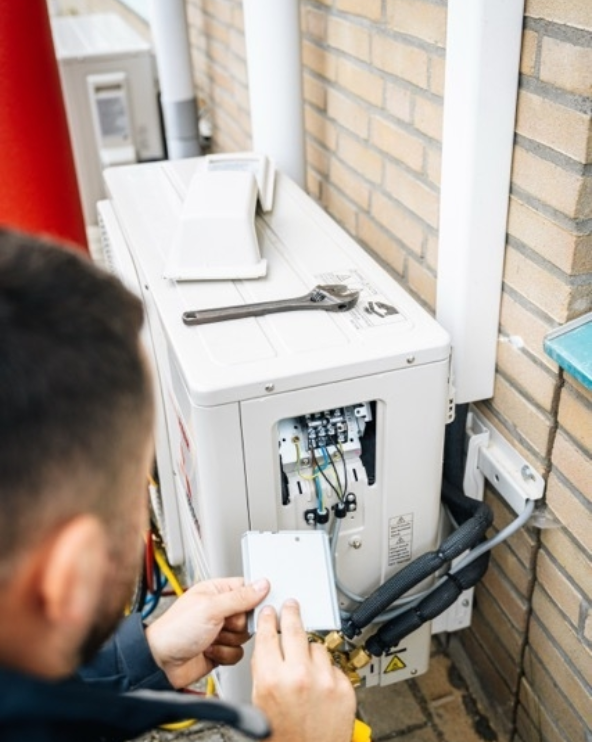
Tips for Technicians: EEV Failure
Ever been stuck on a tough repair or spent way too long figuring out a system issue? We’ve all been there. This new blog series is packed with practical advice, smart solutions, and hands-on tips you can immediately use to solve problems faster and work smarter. No fluff—just the information that makes a difference when you're out in the field.
What Does an EEV Do?
The EEV uses electronic signals to control the flow of refrigerant into the evaporator coil. It receives input from system sensors—such as temperature and pressure—and adjusts refrigerant flow in real time.
This level of control helps:
- Maintain precise superheat
- Improve cooling performance
- Protect system components
- Maximize energy efficiency under varying loads
EEVs are commonly used in refrigeration systems.
Common signs of EEV failure
When an electronic expansion valve (EEV) is not operating correctly, it can lead to system inefficiencies, cooling issues, or even equipment damage. These are the most common signs to watch for in the field:




How To Troubleshoot an EEV
To troubleshoot a faulty electronic expansion valve (EEV), start by checking that it’s receiving power from the control board. Look for any loose, damaged, or corroded wiring connections. Next, listen for the sound of the valve operating—during startup or changes in system mode, a working EEV usually makes a soft clicking or buzzing noise. If there's no sound, the valve motor or control signal could be the issue. Measure the system’s superheat to see if it matches expected values; if superheat is too high or too low, the EEV may not be metering refrigerant correctly. Also check for any blockages inside the valve—dirt, oil, or debris can restrict flow and affect performance. If available, use the system’s diagnostic mode to manually open or close the valve. This can help you determine whether the problem is mechanical or electronic.
In Short
A properly functioning EEV ensures your HVACR system delivers the right amount of refrigerant at the right time. By recognizing the symptoms of EEV failure and using a structured troubleshooting process, you can restore performance quickly and avoid costly repairs.
Need reliable tools to support your diagnostics?


Interested in more information?
Leave your contact details with us and receive updates, tips, information, videos, and much more!